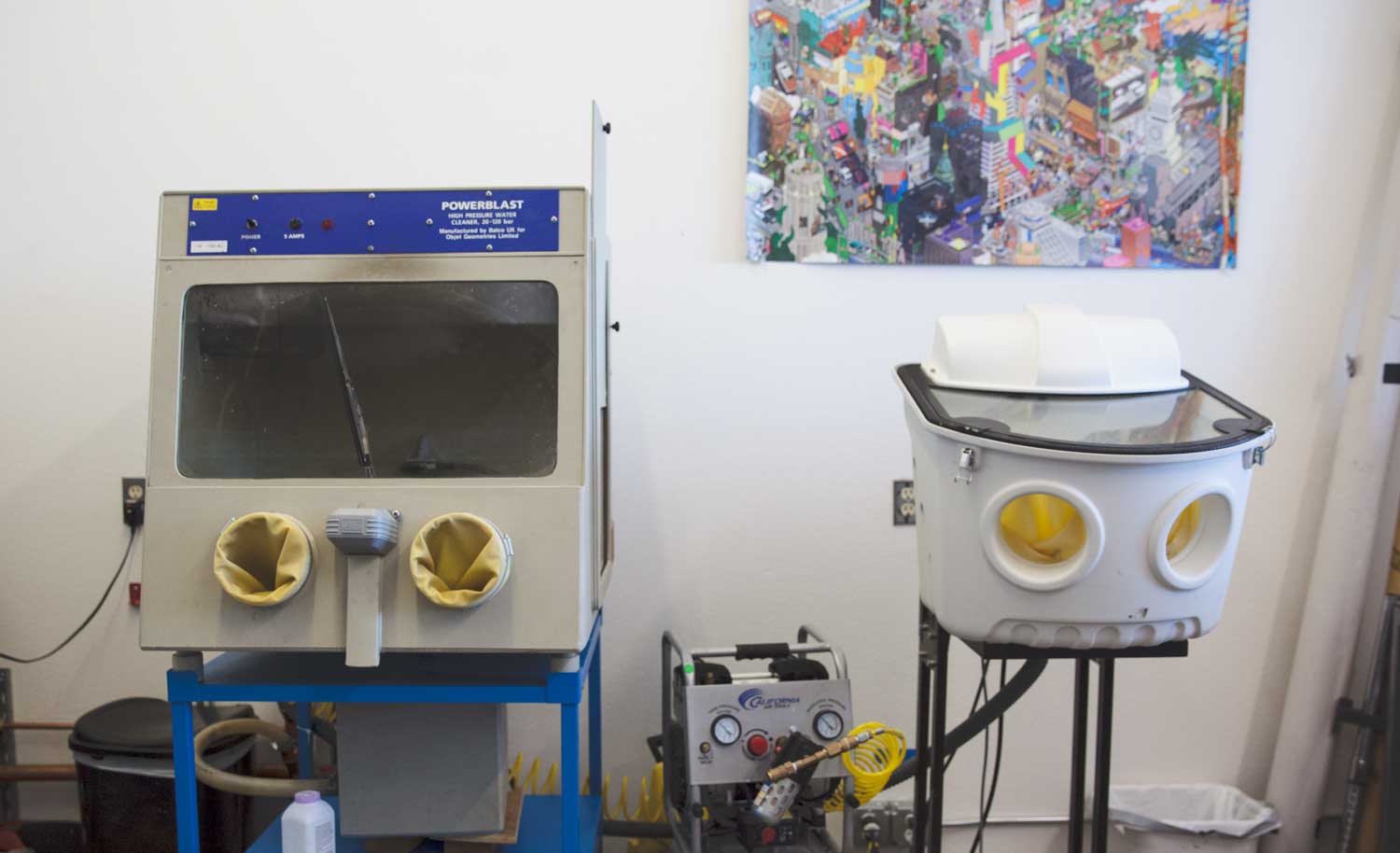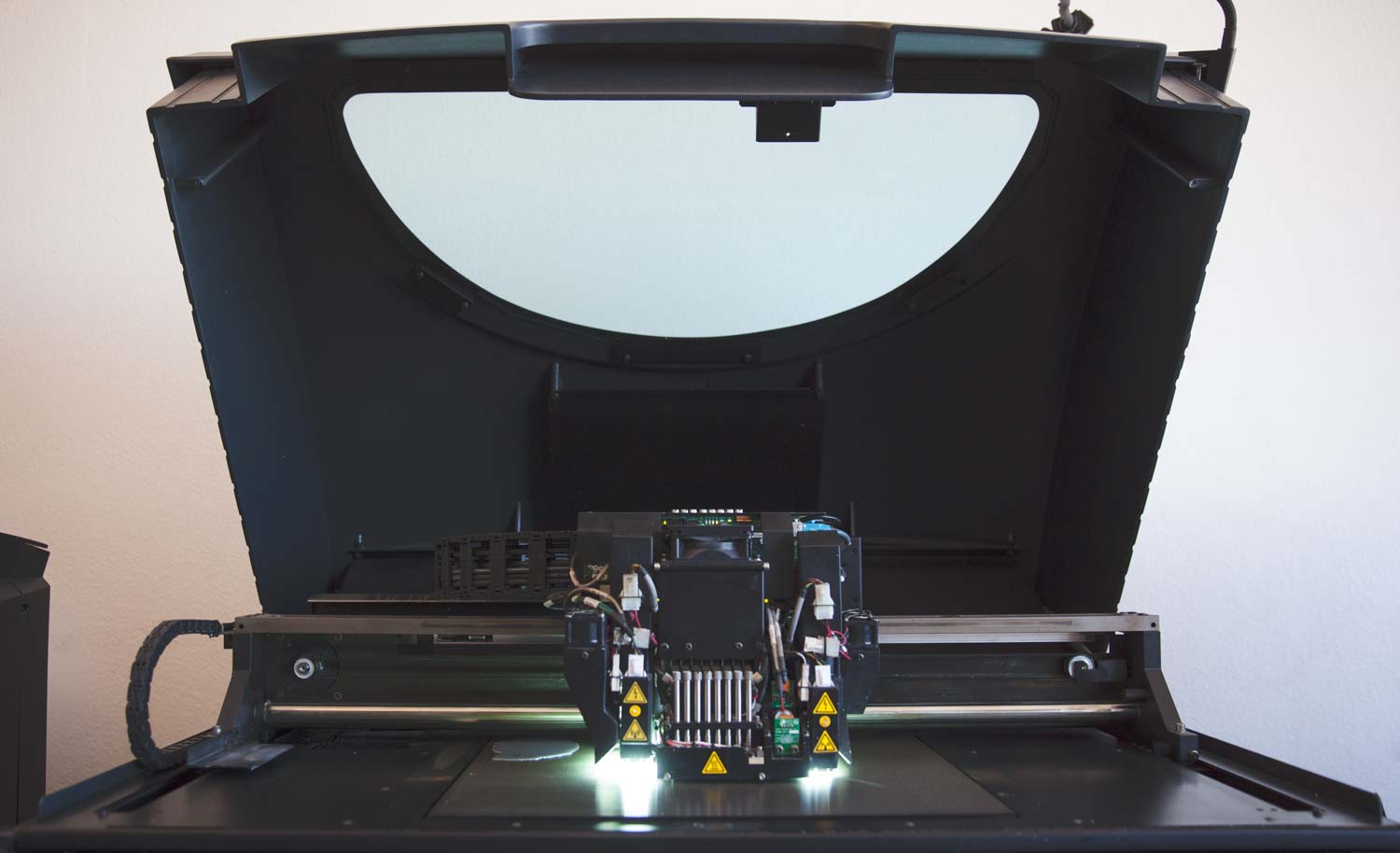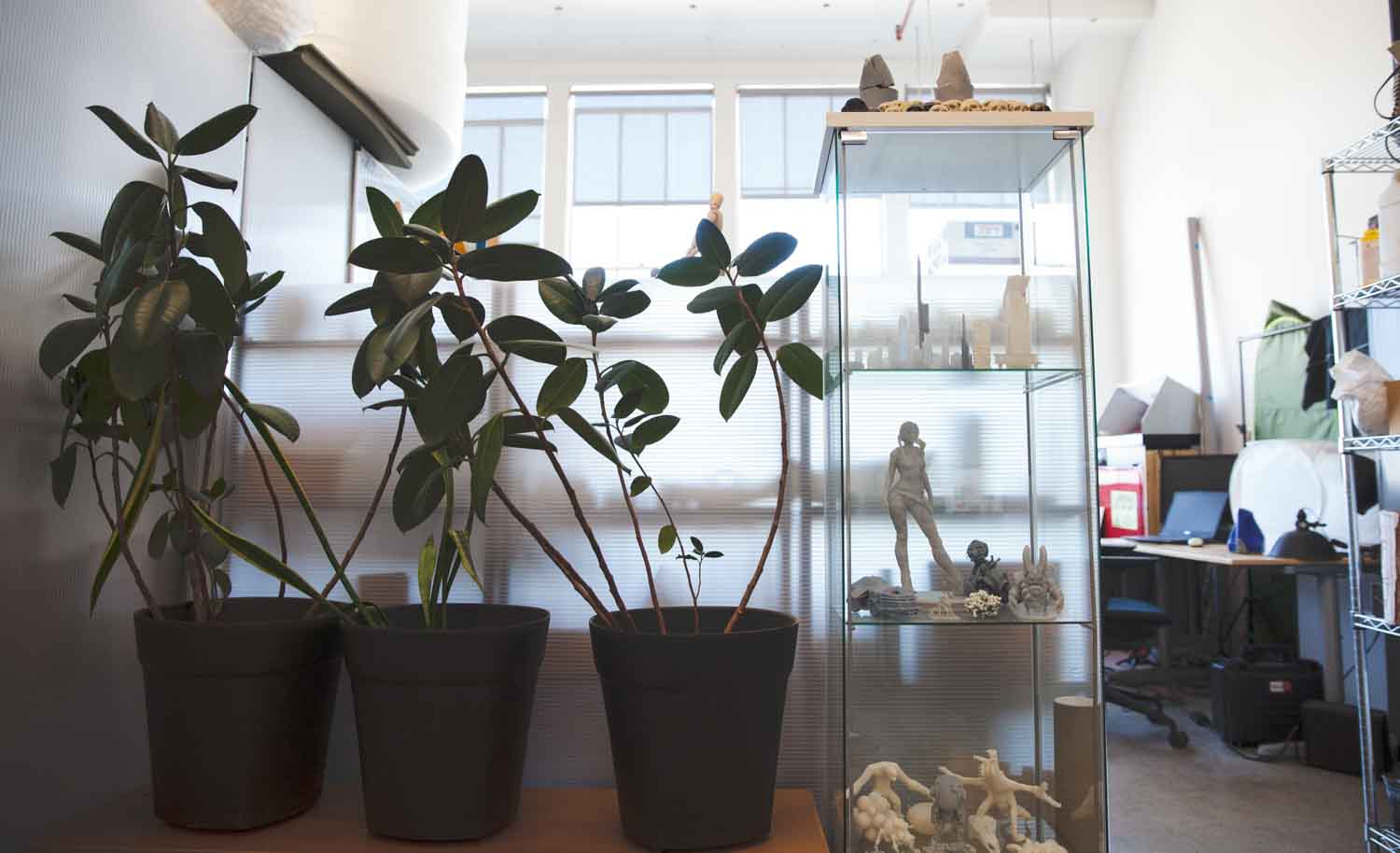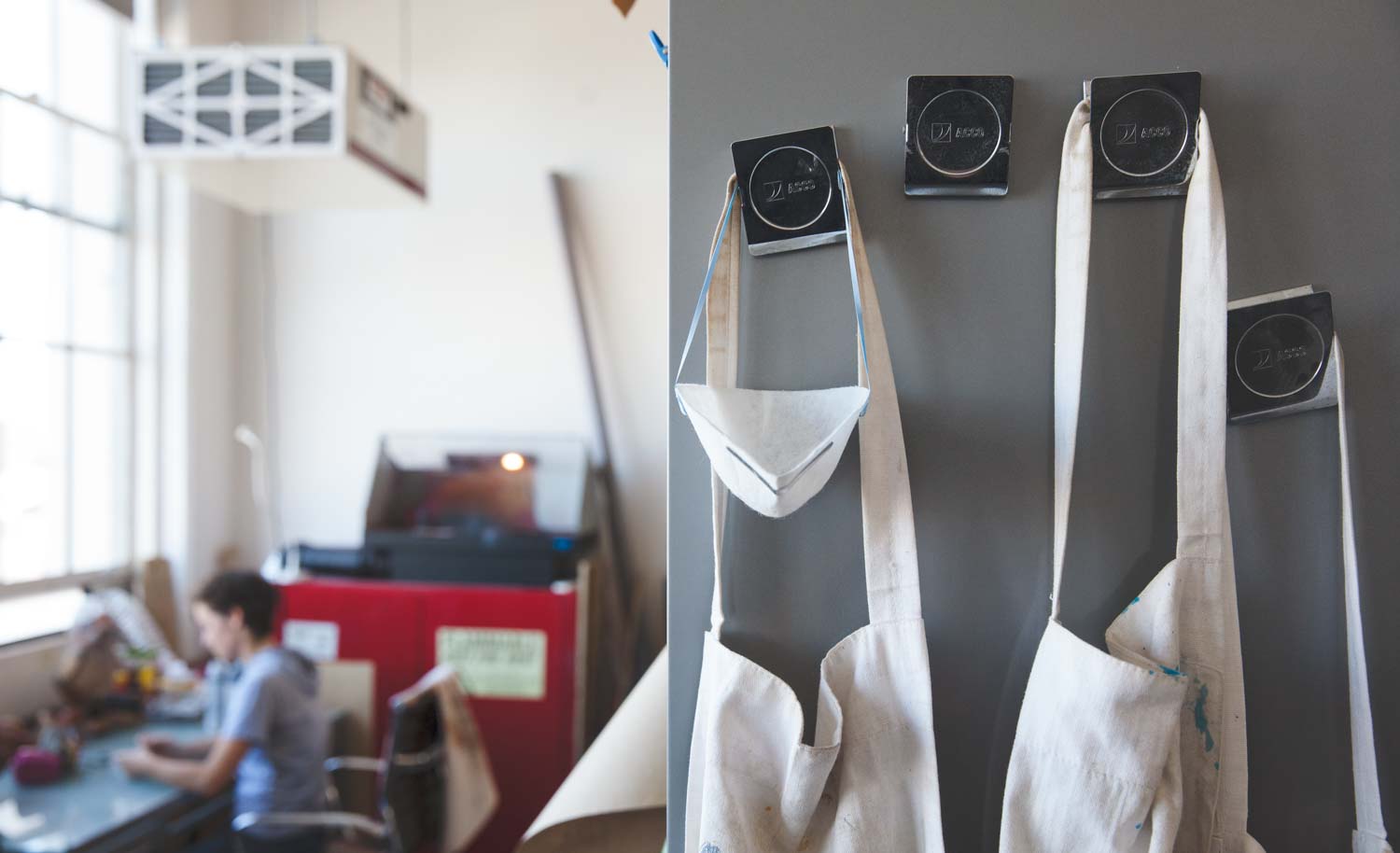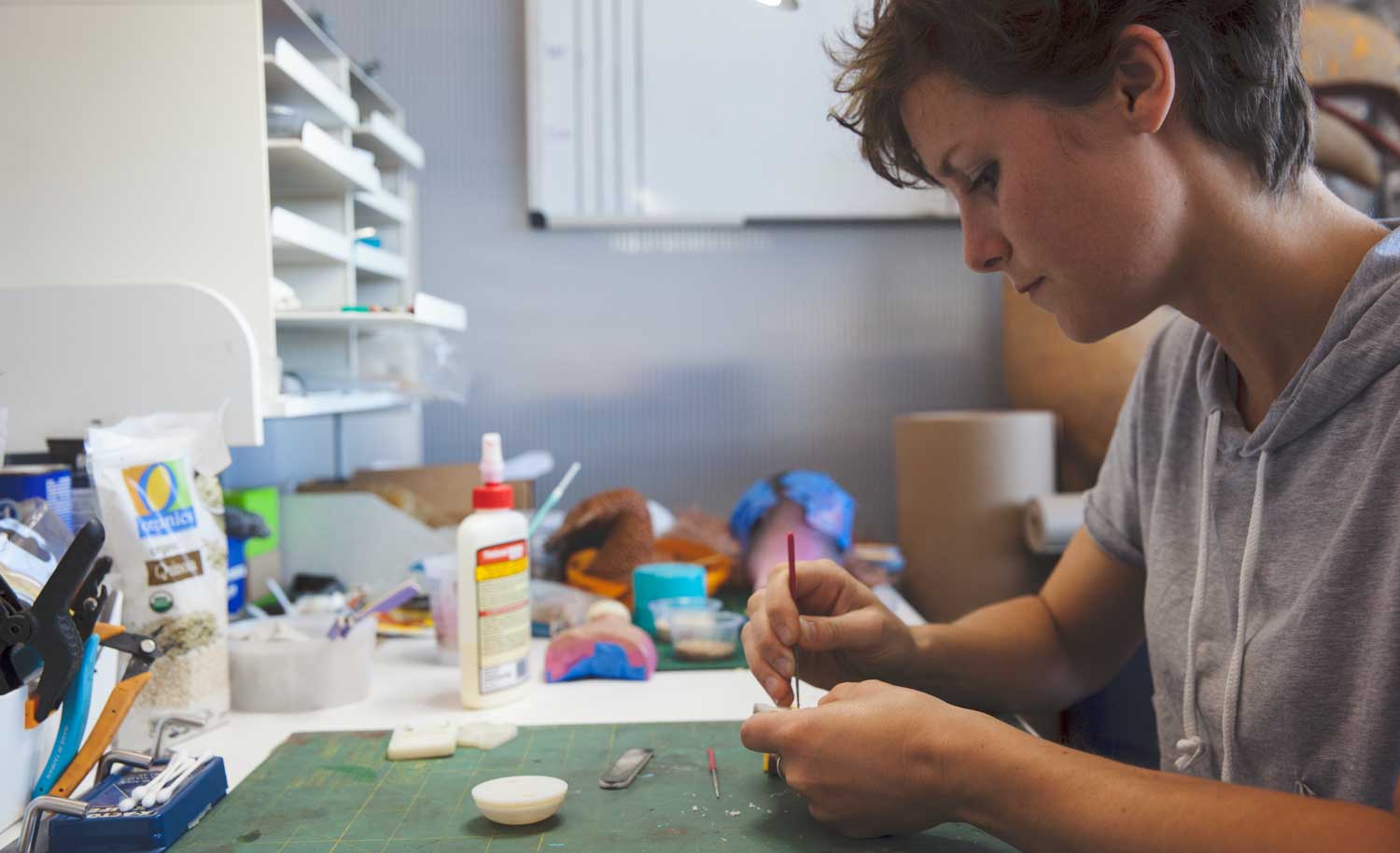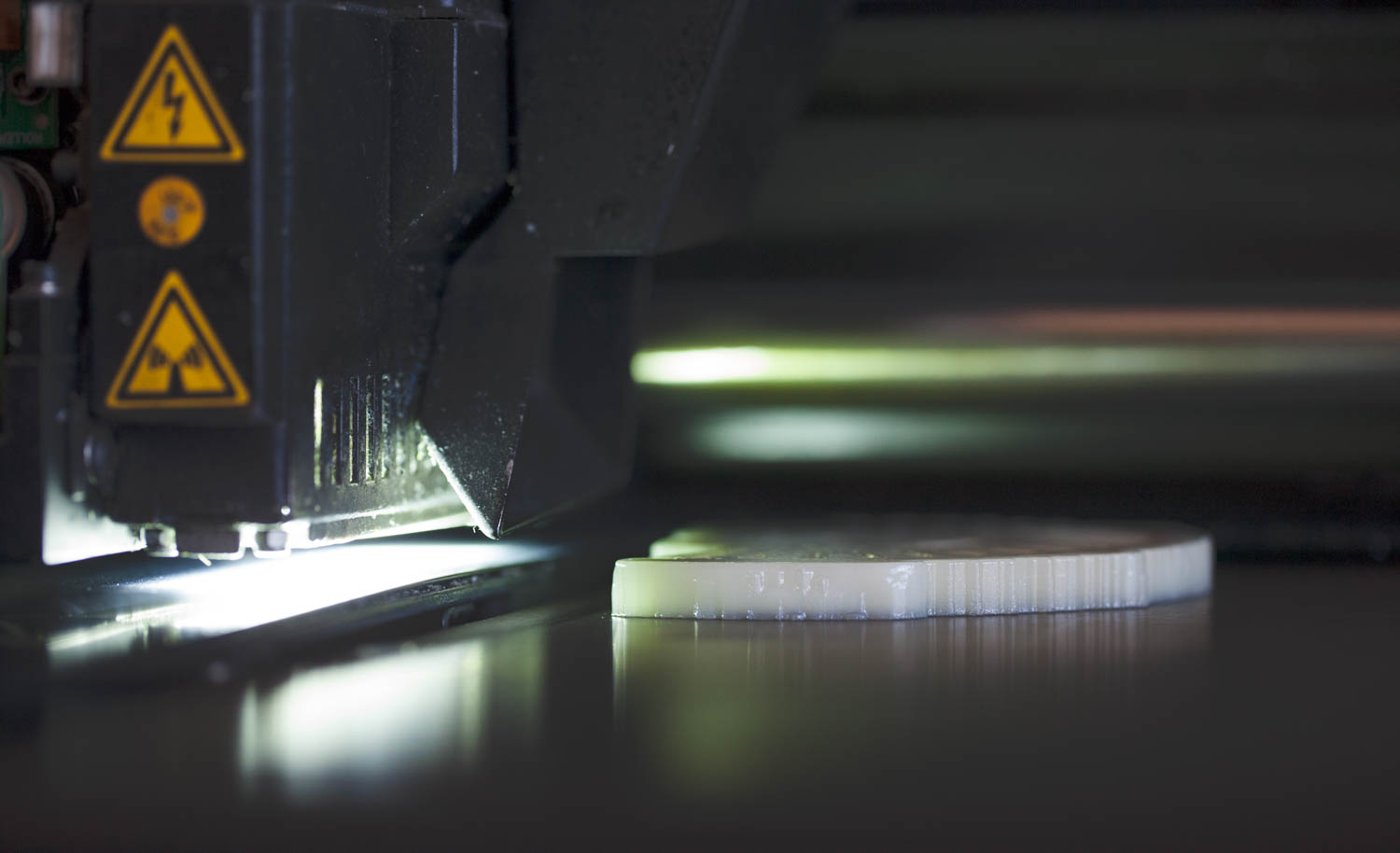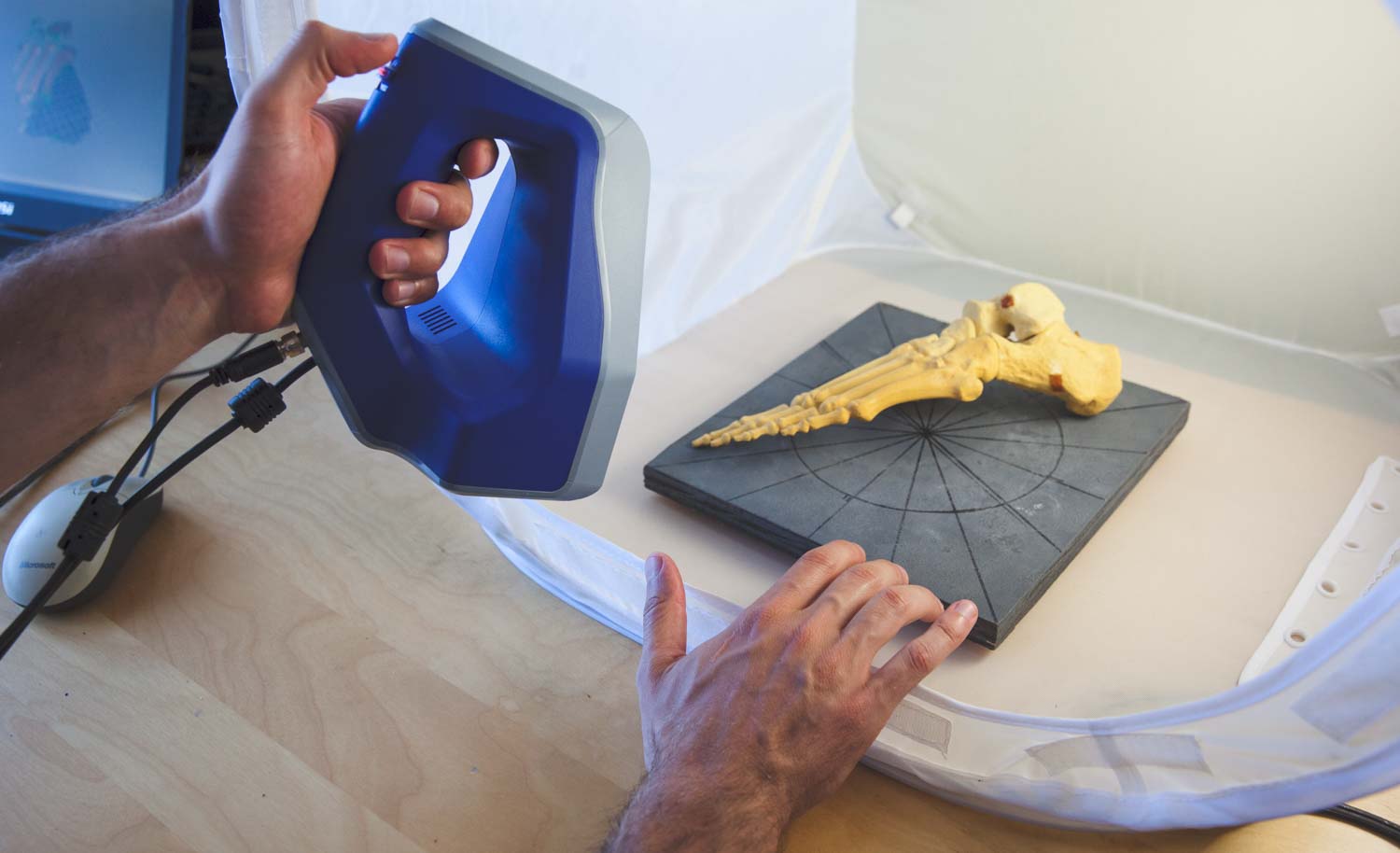Time to read: 4 min
About two months ago, journalist Philip Stoten and I set up the Supply Chain Bunker. We wanted to give those feeling isolated by the lockdown a safe space to chat and explore the challenges of manufacturing and supply chain management amid the COVID-19 pandemic. After seven “Bunkers”, we took a week out of the bunker to catch our breath, regroup, and compare notes.
So, after seven bunkers, twelve guests, and more than 400 registrations, what have we learned?
Each week, we evolved the show a little. Philip has kept those in the Bunker updated on our latest developments, while I’ve focused on conversations with executives from the supply and demand side of the supply chain.
We’ve covered product development and NPI (new product introduction), and we’ve gotten insight from around the globe, including from China. We’ve put the spotlight on the healthcare supply chain, the role of robotics in the crisis, manufacturing in the U.S., and most recently, on additive manufacturing.
We’ve talked with founders and executives of design and product companies, like Dragon Innovation. We’ve hosted robotics and additive manufacturing pioneers, like Carbon and Markforged. We’ve met consultants, journalists, and podcasters, as well as those making the products that make a difference.
Our guests have been forthright and candid, sharing their experiences and their knowledge. They’ve provided us as hosts and our audience with ideas and advice to take away from each Bunker.
Every week, we try to end with a few key takeaways. Here’s a summary of the last seven week’s conclusions. A few of my favorites are in bold.
- COVID-19 is a “Black Swan” event—unprecedented, with far-reaching consequences.
- Create a “prevention, detection, response” plan for each part in your supply chain and have a Plan B and Plan C.
- Software aids essential visibility! Supply chains are too reliant on people and spreadsheets, and data is needed ahead of time.
- Life, and manufacturing supply chains, will not be the same.
- Agility and a diverse manufacturing footprint are needed to deliver resilience and the ability to adapt to future disruption.
- You need friends—boots on the ground and real expertise; if you don’t have it in-house, use what is already there.
- Build a regular open and honest dialogue with your supplier.
- Don’t be afraid to ask for help.
- Design the right supply chain for each product and each company, not one size fits all.
- Learn from the past and don’t repeat mistakes.
- You can develop and build hardware remotely, even in lockdown.
- Get creative, but don’t go rogue; we still need safe, compliant products.
- Leverage what you know and whom you know.
- The spirit of innovation and camaraderie is tremendous.
- Humans are awesome—it’s the role of robotics and automation to augment them, not replace them
- Always consider TCO (Total Cost of Ownership), not unit price.
- Supply chains are strategic resources.
- Ask why before you ask how.
- Use existing building blocks to shorten development cycles.
- Practice social distancing, but develop closer collaborations.
- Disruption may be the enemy of lean manufacturing principles.
- We’re replacing just in time with just in case.
- People won’t pay more for “made outside of China.”
- Digital transformation can drive efficiency.
- Don’t depend on government initiatives; create your own.
- Craftsmanship and manufacturing expertise are alive and well in the U.S.
- Manufacturing has really rallied during the COVID-19 crisis.
- Don’t try to build China in the U.S.
- Do more of what you’re great at.
- Use the right tool for the right job; it may or may not be additive manufacturing.
- Materials and the ecosystem are key to the adoption of additive manufacturing.
- Rallying cry: Go team additive; go team manufacturing!
I have been blown away by the spirit of collaboration over the last few months, and that is a topic that we constantly discuss, in and outside the Bunker. The whole manufacturing, technology and supply chain industry has pulled together and stepped up. We have numerous examples of generosity, ingenuity, and selflessness from those who’ve come into the Bunker and from those who haven’t.
I have enjoyed the Bunker as a classroom, a meeting place, and as somewhere to share ideas, experiences and knowledge. It has been a privilege to share that hour each week with such amazing guests and our growing audience.
Thank you Scott Miller, John Jacobson, Howell Wang, Lorraine Marchand, Greg Schulte, Marco Micheletti, Sarah Barnes-Humphrey, Ron Keith, Gregg Miner, Danny Yorke, Philip DeSimone, Bryan Painter, and my ever-present co-conspirator from down under, Philip Stoten. See you soon in the Supply Chain Bunker.
If your goal is to create a usable document, knowing how you got to the numbers in front of you is as important as the numbers you end up with.
Fun fact: Here, if you look at the code, you could also automatically export other properties. If you look for the property towards the end of the code, you can see how you search for “Revision” and get its value. If you use Solidworks and define the material as an exampl, you should be able to figure out how to extract that from your properties in your code.
Hello, a quote goes here
Wright brother, CEO, Flight
- Item number 1
- Item number 2, that would preferrably go beyond a line break
- Item number 3









